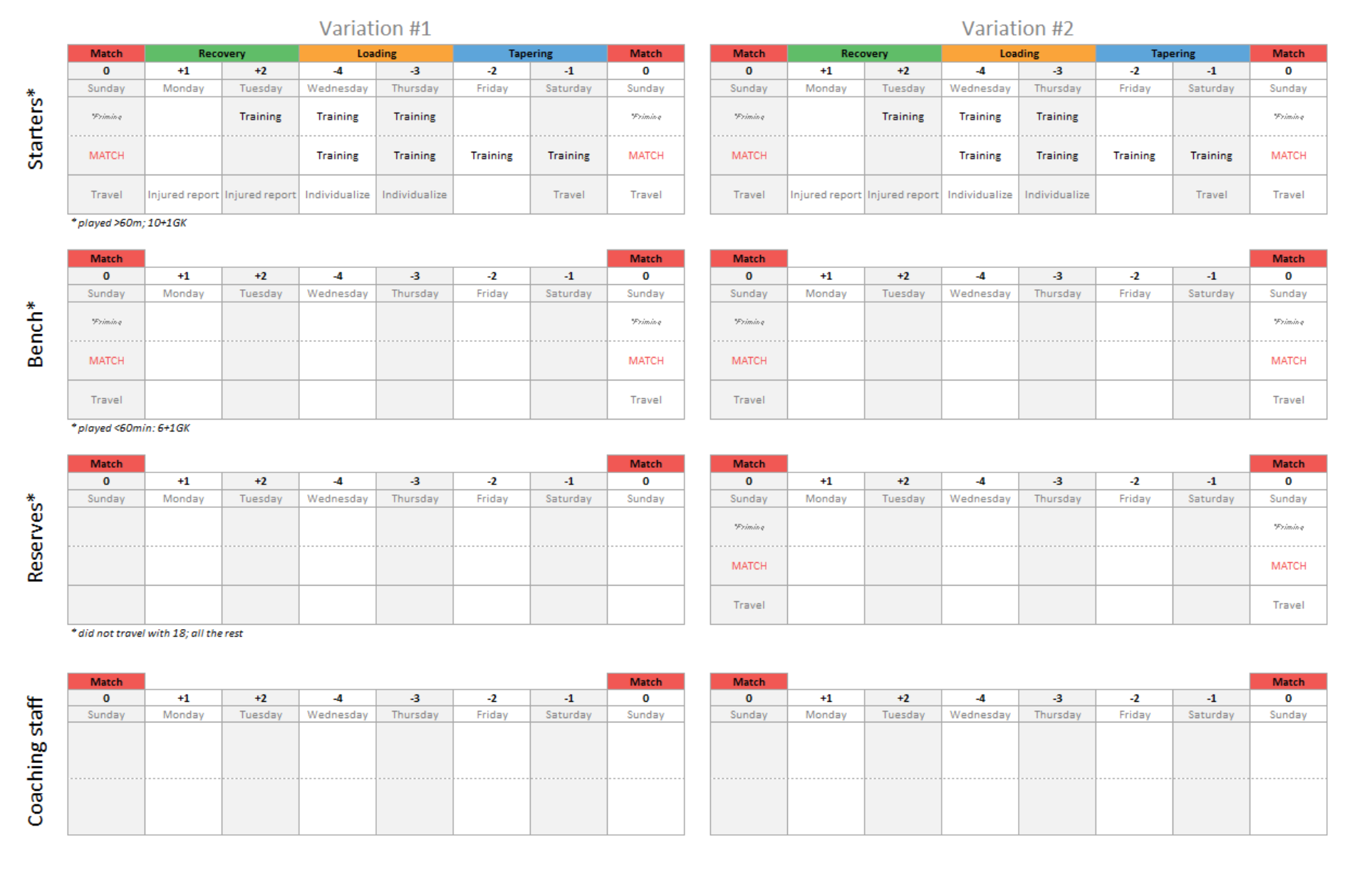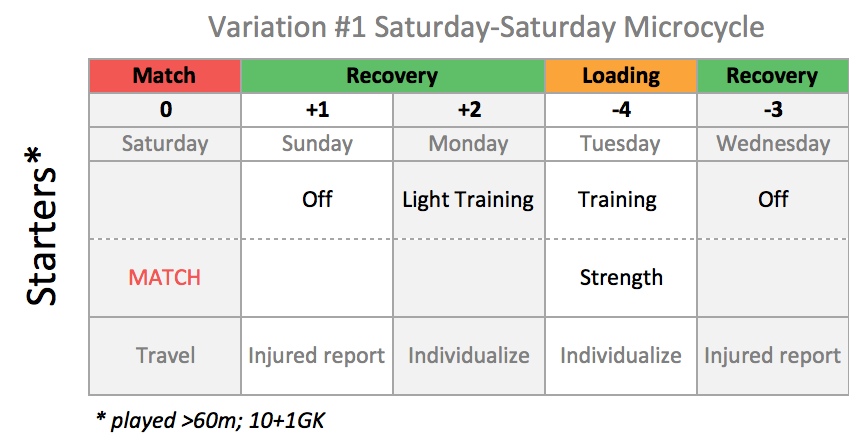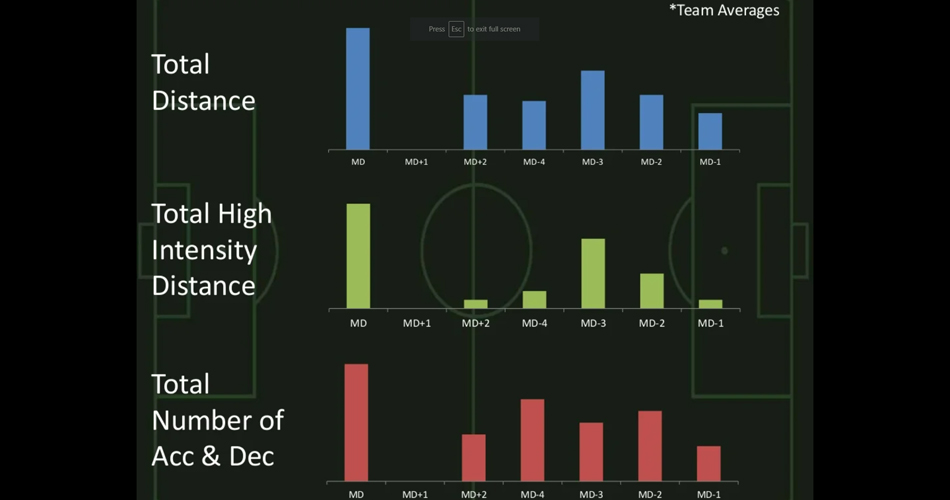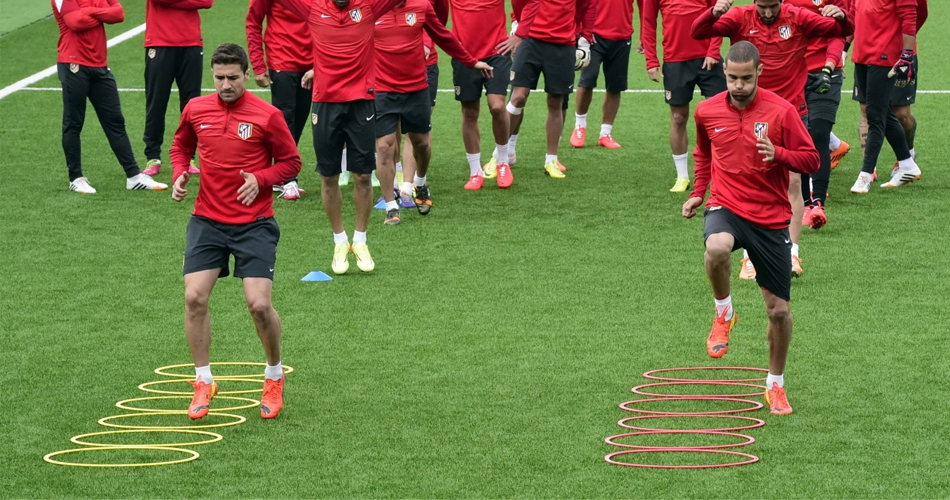Planning the In-Season Microcycle in Soccer Part 1: Complexity
Being motivated by Fitness in Soccer book by Jan van Winckel, I decided to put some of my thoughts on paper regarding the in-season weekly planning. The goal of it is to check my thoughts and solutions with fellow coaches and also being a bit more prepared for future vacancies.
One thought, maybe unrelated but very important indeed, is the way we acquire planning and management skills as coaches/scientists. Unfortunately, most coaching books talk in an abstract way and present the theoretical and abstract rationale and principles behind training planning and decisions. Not sure if you are aware (someone please correct me if I am wrong here), but other professionals, like lawyers and doctors, learn through case-studies. Being influenced by Made to Stick book, I think we need more of these concrete examples: this is the problem, these are the objectives and context and here is our solution.
Thus, I am contemplating a project that might end up being a workbook (not a textbook) for coaches with plenty of concrete case studies. I believe that concepts and principles could be best taught using concrete examples instead of some theoretical quotations. This might be some future project or a pipe dream – I would definitely need a lot of coaches sharing their case studies, backed up with data and educated guesses.
One step toward that direction is solving the planning complexities of the in-season microcycle in soccer (might be some other team sport as well, such as basketball, rugby, handball, hockey, football, etc).
I have presented the following template (see the picture) and I would love to ask for your opinion or practical solution and rationale for it.
The members can participate in the forum and can download the Excel template at the end of the page, although everyone is free to participate using my email address.
The complexity of this simple (by simple I refer only to positions of individual training sessions, without further going into their content except maybe hard/medium/easy) planning is further exacerbated by the need of juggling the following:
3. Coaches sometimes being a jerks and letting the staff know the groups 15minute the bus leaves for a game, which leaves the staff unable to plan and individualize the training and athletes playing the guessing games over the week. I can talk more about these managing issues more in the further posts, since I believe these are more important than any fancy monitoring gadgets.
4. Some leagues have Player Unions that might demand certain rights, like one day off in a week
5. Same thing for coaching staff – one player used to say that “we have a lot of free time, but we don’t have freedom”, referring to daily obligations (which might not be long, maybe up to 1-2h per day, but you still need to show up every day). No one talks about these issues unfortunately. Thus, we don’t want to over-work the coaching staff. What we can do is to rotate them, or at least involve one PT if not everyone is needed for that day. Same thing for GK coach, sport scientist, S&C coach and even a head coach. Besides, should everyone have the day off at the same time? This need to be take into account, so I have left a room for that.
6. Individualizing training based on player needs and characteristics. We might have older, younger and injured players that might need to miss certain sessions or do something else (e.g. older guys might do one gym sessions instead of team session, because this might leave them on the field longer – they can’t afford to lose strength and power; hopefully the head coach understands this)
7. Taking care of biology – planning hardest sessions when the athletes are mostly receptive for them and avoiding fatiguing them for a game or too soon after a game.
8. Should the first day after a game be a day off? Or active recovery? Then we have largest load right after the day off – usually that transition is tricky in my experience. I seem to prefer day off immediately after a game and easing into loading phase of the macrocycle with gathering, review a game/meeting and active/passive recovery.
9. How long does it take for players to get sick of each other during the week? Some coaches prefer to have 3 days top before a game, since longer training streak can impose mental issues for the players (not sure might be the case everywhere).
10. Does the team have ‘recovery’ rooms where players can take a 20-30min (or ~1h30min) nap between the sessions? This might be more important than fancy monitoring gadgets.
11. What happens when a team plays two days in a week? How do we unload after couple of double games week streaks?
12. Is the team traveling to a location on day of the game, or day before? Is the practice held on the away field after travel, or at home. Is done on the time of the match, or earlier in the day to maximize the recovery duration before a match? Are there any “priming sessions” on the day of the match (these might be hotel warm-ups and/or very short gym work)?
There are plenty more issues (I put them in the context bucket) that influence the planning lot more than some fancy strength/endurance blocks. We need to sort this one out, before we start playing with phases emphasis (blocks) and monitoring gadgets.












Responses